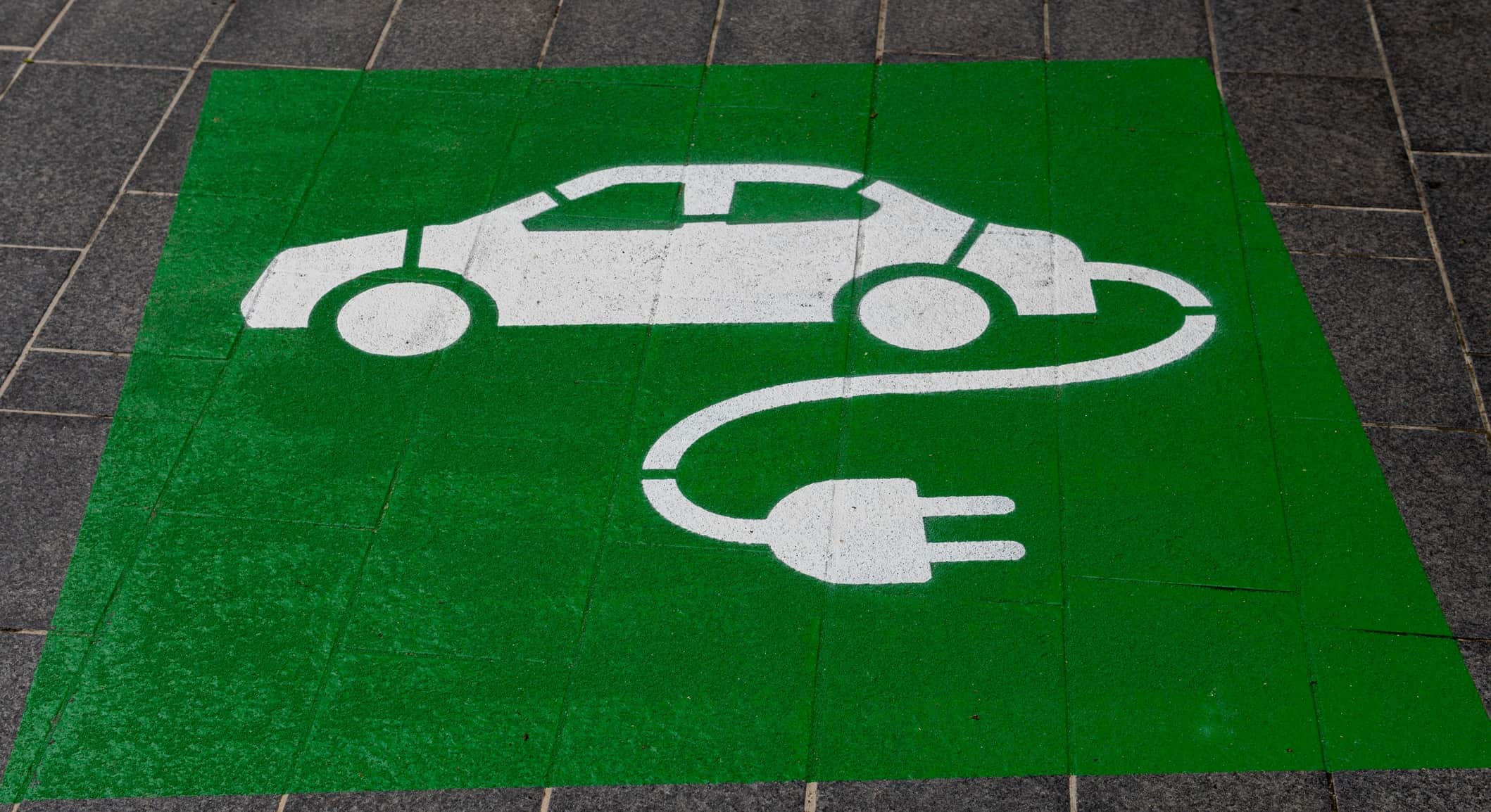Overall consciousness of eco-friendly living has boomed over the past couple of decades, as people become more and more concerned with the effect our actions are having on the planet. Living in an age where climate-change, reducing carbon emissions and preserving our already damaged environment is high on the agenda of anyone with a shred of moral and social responsibility, there’s been a sharp rise in forms of eco-friendly living and meaningful ways for people to make individual change for the better.
Eco-friendly living can take form in many ways, both large and small scale. From voting in governments that promote eco-friendly policies, to making informed decisions on how to go about your daily life in a sustainable manner, there are plenty of ways you can contribute to create an eco-friendly society.
What does Eco-Friendly mean?
The term eco-friendly means simply a product, practice or principle that is considered to be not harmful towards the environment. Eco-friendly living means purchasing products that have been created using resources like water and energy efficiently and sparingly when possible. It means adhering to practises that are conscious of how we use our resources and do not contribute to pollution of land, water or air.
“Eco-friendly”, “environmentally friendly” and “earth-friendly” all mean essentially the same thing, but not necessarily to be confused with something that is considered “green”. “Green” is a bit more of a casual term, but doesn’t always necessarily mean eco-friendly practises were used in the creation of a product.
How to Live an Eco Friendly Lifestyle?

Living eco-friendly isn’t just to do with consumership and what you buy, it also has a lot to do with your habits in everyday life. There’s a load of things you could be doing to ensure your lifestyle is becoming more eco-friendly, and sometimes it’s as small as making sure lights are switched off when nobody is in the room.
Here’s five quick and easy eco-friendly living tips that can be implemented into your daily life without really having to change too much; the key is to be conscious of the impact of your actions:
- Turn off your electronics when they’re not in use. This may seem like a no-brainer, but more specifically here we mean turn your appliances off, as opposed to leaving them plugged in, and on standby. Taking that extra step and actually switching the telly off at the wall is not only gonna reduce your carbon footprint, but it’s also gonna save you a bit of cash in the long run too.
- Don’t waste food. In the US, a USDA study showed that 30-40% of the food supply chain ended up as waste. In Canada, it was estimated that an average person would contribute to 85kgs of food waste per year. If these statistics sound crazy, wild and outlandish, it’s because they are. But we’re no better here in the UK. It’s estimated that, per year, food waste in the UK contributes to more than 25 million tonnes of greenhouse gas emissions. This is why it is so important to reduce our food waste as much as possible. Only make what you need, and go for leftovers for dinner before you think of cooking something new. Similarly, if you see something in the back of the fridge that looks like it could be on its way out, try and see if you can get some use out of it before it goes off.
- Reuse and repurpose goods. Whilst recycling is another obvious one in ways to contribute to an eco-friendly lifestyle, reusing and repurposing is an even better way of reducing waste. Instead of purchasing a whole new set of glassware, why not clean out your empty jars, get the label off with hot soapy water, and have them around the house. Again, it’s not only reducing your carbon footprint, but it’s also pretty light on the wallet too.
- Switch to LED lightbulbs. If you’re not already using LED light bulbs, then there’s no time to start like the present. LED light bulbs are more efficient in the power that they use, giving off less heat and more light. LED uses around 85% less electricity when compared to conventional lighting, so make sure you think twice next time a light goes. The light bulbs themselves may be more expensive, but in the long run you’ll be saving cash, and being conscious of the environment.
- Stop using plastic. Okay, this one is a bit more difficult to implement into everyday life, but even though stopping using plastic may not be possible for everyone, (particularly on a monetary level) reducing your plastic use as much as possible is one of the biggest ways you can conform to an eco-friendly way of life. Instead of buying bottled water, get a stainless steel reusable bottle. Use canvas shopping bags, instead of single-use plastic. Even when it comes to food, using cloth-wraps is an eco-friendly alternative to cling-film or foil.
These are just a few eco-friendly ideas to get you going, but there are a plethora of ways that you can consciously start doing to work towards living an eco-friendly lifestyle.
Eco-friendly living in the UK
Whilst as a generalisation eco-friendly living is on the rise in the UK, there is still a lot of work to be done. A European Union commissioned study assessed 28 European countries and their attitudes and costs towards being an eco-friendly country. The UK came out 18th out of the 28 countries monitored. Not exactly the clean, green finish you would hope for.
But it’s not all doom and gloom. Whilst the UK may not be the most eco-friendly place to live, when comparing to, say, Germany or Scandinavia, there are still plenty of ways here that we can live more eco-friendly. As well as individual switches, including some of the ideas mentioned above, the nation as a whole is at least taking steps (no matter how small) to encourage eco-friendly living.
As of last year, plastic straws have been ditched across the country, to avoid contributing even more to the 8 million tonnes of plastic that pollutes the ocean every year. The rise in popularity of reusable items has seen a spike in purchases of things like keep-cups, that help prevent the waste caused by the use of single-use containers. They’ve hit the mainstream now to the point where any company can get their own branded keep cups, and you can even design your own. With stylish designs and varieties, little things like getting a keep-cup makes the transition into eco-friendly living a little more interesting.

Even the use of electric cars is slowly gaining traction, with the albeit relatively small number of electric cars on our roads increasing by over 300% from 2012 to 2018. The government is even giving grants to subsidise the cost of buying an electric car, and while using eco-friendly public transport is the best way to reduce carbon emissions on our roads, electric cars are certainly a better option than traditional automobiles.
Benefits of Living and Loving the Planet
Besides the obvious and over-arching benefit of being kind to our planet, there are countless other advantages to living an environmentally-friendly way of life. Moreover, not only is an eco-friendly lifestyle healthy for the planet, it can also be beneficial for your own personal health.
As previously mentioned, carbon emissions produced from cars commuting to and from work, often with only one occupant in the vehicle, are one of the biggest factors in polluting the planet. Walking or cycling to work can drastically reduce your carbon footprint, whilst at the same time giving you an outlet to exercise, burn calories and be outdoors. And it’s not just good for your physical health – studies have shown that cycling to work can also greatly reduce your stress levels as you start the day, improving your mood and overall productivity. It’’s good for you and it’s good for the planet – basically a win-win.
Furthermore, leaning more towards a green-diet is always going to be more beneficial to your health, and of course, the planet. Whilst taking an all vegan diet ideally would ideally be the most eco-friendly option, there are smaller steps you can take that can still go a big way in making a difference to the environment.
Cutting out red meat from your diet can go a long way in moving towards living an eco-friendly lifestyle. Cattle produce far more methane gases than other animals, such as pigs or poultry, and also require a lot more grain to be fed. Switching out red meat for poultry, or plant based proteins, not only greatly reduces your carbon footprint, but it also reduces the risk of you getting heart-disease, diabetes and cancer that can often be offset by the over-consumption of red meat.
How to Live on a Budget
A common misconception is that to live eco-friendly, you have to pay through the nose. Whilst this might be the case with some luxury foods and products, living an eco-friendly lifestyle on a budget can be done pretty easily.
Food can often be pointed out as being more expensive, with produce such as tofu and oat or almond milk being more expensive to their regular counterparts. But this doesn’t always have to be the case. The important thing when being conscious of what we eat when living an eco-friendly lifestyle, is where has the food come from, and how has it been produced. Even if you’re eating something relatively harmless, an orange for instance, if it has been imported halfway across the world to get to you, then it’s likely to have a pretty sizable carbon footprint. In response to that, it’s always best to buy local where possible, and it’s often cheaper to get your fruit and veg from the local store, than from the bigger supermarkets.
Furthermore, purchasing second hand vintage and retro goods, instead of buying them brand new, often has a bunch of benefits. For a start, you’re taking someone else’s trash and making it your own treasure, ensuring that waste is being kept to a minimum and nothing needs to be thrown into a landfill. And if it’s secondhand, you’ll usually be paying a fraction of the price, particularly when it comes to electronic goods. Plus, secondhand goods are usually a lot rarer, so have a bit more of a sentimental value when you know you’re the only one of your friends who’s got one.
What kind of Products Can I buy?
Sometimes, however, you aren’t able to buy second hand, or simply wouldn’t want to. Nobody’s after a pair of second-hand underwear, or a used toothbrush, so for a lot of products that you need to buy new, it’s important to do your research into how the product is being made.
Ethically produced goods are a must, as is ensuring that materials being used were manufactured in an eco-friendly manner. Steering clear of plastics, as previously mentioned, is always a good place to start, as is staying away from anything petroleum based or created via the use of fossil fuels. It’s pretty common for companies to state their product is “green” or “natural” but these words can be pretty vague when it comes to figuring out whether something is actually environmentally-friendly. So it’s important to check out the certifications and labels on the products you buy, to ensure the eco-friendliness, and to check that the company is not just putting on a front.
Can my Bedroom be Eco-Friendly?
Yes! There are some obvious ways that we’ve previously mentioned, such as using LED light bulbs, switching off appliances, and reusing and repurposing goods. But, usually, the main component in any bedroom is, well, a bed. But eco-friendly mattresses can be hard to come by.
Most mattresses you’ll find contain a variety of anti-eco-friendly chemicals – petroleum-based polyurethane foam, toxic fire retardants, nasty pesticides, and other dangerous chemicals. These are not only awful for the environment, but they can bring about some pretty serious health consequences if you are in consistent contact with them for a prolonged period of time, particularly for young children and infants. Our body heat can increase the release of harmful gaseous chemicals from the polyurethane foam, that can cause irritation, coughing, sneezing, or potentially even organ damage.
That’s why we’ve created our range of Una Organic™ mattresses. Each mattress is handmade from only the finest organic certified natural materials, to only the highest environmental independently certified standards. The inner latex is taped from groves of Hevea trees, whilst the outer cover is made with organic cotton and wool. With a negative climate footprint, you can rest easy knowing that you’re sleeping on a product that is both beneficial for your health, and the health of the planet. Check out our range of mattresses, pillows and toppers HERE.

